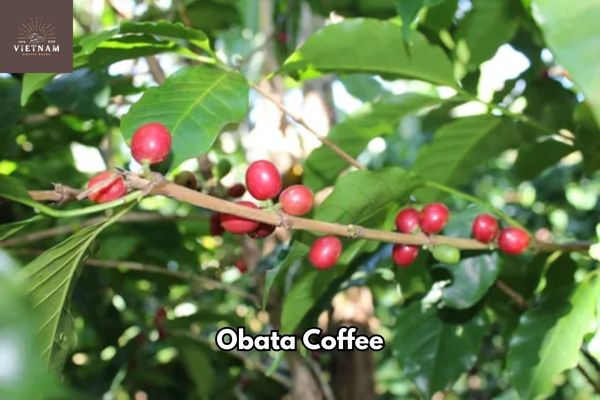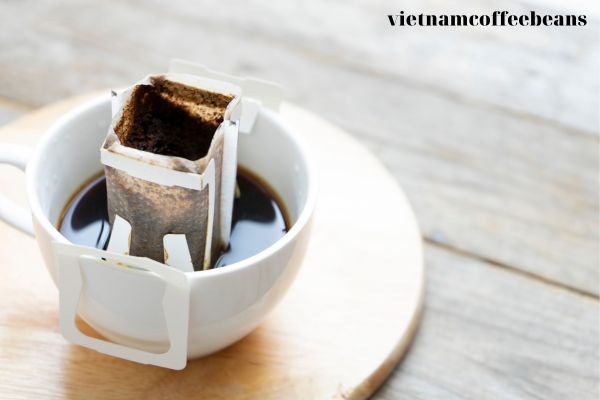When it comes to making the perfect cup of pour over coffee ratio, the ratio of coffee to water is crucial. A good starting point is to use 1 gram of coffee for every 16 grams of water.
This means that if you want to make a cup of coffee using a V60 or other pour-over coffee maker, you’ll need to measure out your coffee and hot water carefully.
Experiment with different ratios to find the one that produces the final cup that tastes best to you. Remember, it’s not just about how much coffee you use, but also about how you pour the hot water over the grounds to extract the best flavor.
Ready to experience coffee like never before? Get ready for the ultimate brewing method that will revolutionize your morning routine – pour over coffee. Trust me, once you try it, you’ll never go back to your old drip machine. But hold on a second, there’s one crucial component you need to master for the perfect cup of pour over coffee – the coffee-to-water scale.
Now, I know what you’re thinking: “How can something as simple as a ratio make such a difference?” Well, let me tell you, my friend, it’s the secret behind unlocking the rich flavors and aromas that every bean has to offer. The right balance of coffee and water is what separates an average cup from an extraordinary one.
In this article, we’ll delve into the world of pour over coffee ratios – how to measure them precisely, techniques for pouring with finesse, and even experimenting with different ratios for unique tasting notes. So grab your favorite beans and let’s dive deep into the art of pour over making!
Key Takeaways
- The coffee-to-water ratio is crucial for achieving the perfect cup of pour over coffee.
- Accurate measurement of coffee and water using a kitchen scale and liquid measuring cup is essential.
- The ideal water temperature for pour over coffee is between 195°F and 205°F (90°C – 96°C).
- Pouring speed and technique, such as using a gooseneck kettle and spiral pouring, play a role in the optimal extraction of flavors and aromas.
The Basics of Pour Over Coffee Brewing

If you’re new to pour overs coffee brewing, understanding the ideal coffee-to-water scale is essential for achieving a rich and flavorful cup. One key factor in obtaining the perfect brew coffee is brewing temperature control. The water should be heated to around 195-205°F (90-96°C) for optimal extraction.
A good starting point for most pour-over brewers is a coffee-to-water ratio between 55-65 grams of coffee per liter of water (a mass ratio between 1:16 and 1:14). This ratio should yield a cup with balanced flavor.
However, it is important to note that this ratio may not be applicable for an aeropress coffee brewing guide. There are many tips and tricks for aeropress coffee that can help you achieve the perfect brew.
But what about how to make cold brew coffee? Cold brew coffee requires a different ratio because the brewing process is different. Generally, a 1:5 coffee to water ratio is recommended for cold brew. This means that for every gram of coffee, use 5 grams of water.
This range allows for the proper extraction of flavors from the coffee grounds without scorching them. Another important aspect is choosing the right grind size. For pour over brewing, a medium-fine grind works best.
This ensures that the water flows evenly through the coffee bed, allowing for a balanced extraction. If the grind is too coarse, it can result in under-extracted and weak coffee; if it’s too fine, it may lead to over-extraction and a bitter taste.
By paying attention to both brewing temperature control and selecting an appropriate grind size, you can achieve a delicious pour over coffee every time.
Talking about different types of coffee, one might wonder what makes Turkish coffee different from other brewing methods. Unlike other methods, Turkish coffee is brewed directly on hot sand, creating a very thick and strong coffee that’s typically served unfiltered.
If you have a Moccamaster coffee maker, here are some tips for using Moccamaster coffee maker: use a medium grind coffee, avoid using boiling water, and don’t brew too much coffee at once.
Importance of the Coffee-to-Water Ratio

As with our expert drip coffee brewing tips, understanding the ideal coffee-to-water ratio is key to achieving a flavorful, balanced pour over coffee.
To achieve the perfect cup of coffee, you’ll want to ensure that the amount of ground beans you use relative to the water is precise.
For instance, let’s say you’re using 20 grams of finely ground coffee and 300 milliliters of water; this balanced ratio will result in a rich and flavorful brew that isn’t overpowering or weak. The coffee-to-water scale is one of the most important brewing variables when it comes to pour over coffee.
It determines how much flavor and strength your brew will have. Too little coffee can result in a weak and watery cup, while too much can make it bitter and overpowering. Finding the perfect extraction relies heavily on getting the right ratio, allowing for optimal flavor extraction from the grounds without any undesirable flavors.
The right coffee to water ratio is crucial for a balanced and flavorful cup of coffee. With practice and experimentation, finding the optimal ratio for one’s preferred brewing method can result in a perfect pour over brew every time.
To master pour over brewing, experimenting with different ratios will help you find your ideal balance between taste and strength.
Measuring Coffee and Water

Just as achieving perfect golden ratio coffee can elevate your brewing process, understanding the ideal coffee-to-water ratio is crucial in making a balanced, flavorful pour over coffee.
When you want to achieve the perfect cup of coffee, it’s important to accurately measure both the amount of ground beans and the water. For example, using a kitchen scale to weigh 20 grams of finely ground coffee and measuring 300 milliliters of water with a liquid measuring cup will ensure a well-balanced brew that is full of flavor.
| Coffee | Water |
| 20g | 300ml |
Measuring coffee accurately ensures consistency in taste. Using a kitchen scale allows for precise measurements, ensuring you can replicate your favorite brew every time. It’s also important to consider the ideal temperature of water for pour over brewing.
The optimal range is between 195°F (90°C) and 205°F (96°C). This temperature range helps extract the flavors from the coffee grounds without scorching them. Measuring both the coffee and water accurately, along with monitoring the temperature of water , are crucial steps in achieving a delicious pour over coffee experience.
Techniques for Pouring
Mastering the art of pouring is an essential skill for creating a perfectly balanced brew. When it comes to pour over coffee, controlling the pouring speed is crucial to achieve optimal extraction. Pouring too fast can result in under-extraction, leading to a weak and flavorless cup.
On the other hand, pouring too slowly may cause over-extraction, resulting in a bitter taste. To control the pouring speed, I recommend using a gooseneck kettle that provides precision and control. Additionally, employing the spiral pouring technique can help distribute water evenly over the coffee grounds.
Begin by pouring at the center of the filter and gradually move in a circular motion towards the outer edges while maintaining a steady flow. This technique ensures even saturation and extraction throughout the brewing process, resulting in a deliciously balanced cup of pour over coffee.
Experimenting with Ratios and Tasting Notes
Exploring different combinations of ingredients and flavors can transport your taste buds on a thrilling journey, uncovering hidden depths of richness and complexity in each sip. When experimenting with pour over coffee ratios, you have the opportunity to enhance the coffee flavor profile and achieve optimal extraction. Here are three key factors to consider:
- Coffee-to-Water Ratio (mastering your coffee water ratio): Adjusting the amount of coffee grounds relative to water will affect the strength and body of your brew. A higher ratio will result in a stronger cup, while a lower ratio will produce a milder flavor.
- Brew Time: The duration of your pour over process influences the extraction level. Longer brew times can extract more nuances from the coffee grounds, resulting in a richer and more complex flavor.
- Water Temperature: The ideal temperature for brewing pour over coffee is typically between 195°F and 205°F (90°C – 96°C). This range helps ensure proper extraction without introducing any undesirable flavors.
By carefully manipulating these variables, you can discover new dimensions within your favorite beans and unlock a truly exceptional cup of pour over coffee.
And if you’re considering other brewing methods or trying to improve your coffee game, mastering French press coffee ratio is also a great step towards achieving a perfect brew.
Frequently Asked Questions
Conclusion
In conclusion, mastering the pour over coffee ratio is essential for achieving a truly exquisite cup of joe. Just like a skilled artist delicately brushes strokes onto a canvas, the right blend of coffee and water creates a masterpiece in your mug.
By experimenting with different ratios and taking note of the flavors that emerge, you can unlock endless possibilities to enhance your morning ritual. So grab your kettle, pour with precision, and savor the rich aromas that fill the air as you create your own coffee symphony.
If you love pour-over coffee, you might want to try the Chemex, a classic and elegant brewing device that produces a clean and balanced cup. Whether you’re new to Chemex or a seasoned pro, you’ll find this chemex coffee ratio guide helpful and informative.
If you’re looking to up your percolator coffee game, check out our website for tips for brewing percolator coffee. With a little patience and practice, you’ll soon be producing perfect cups of coffee every time.






